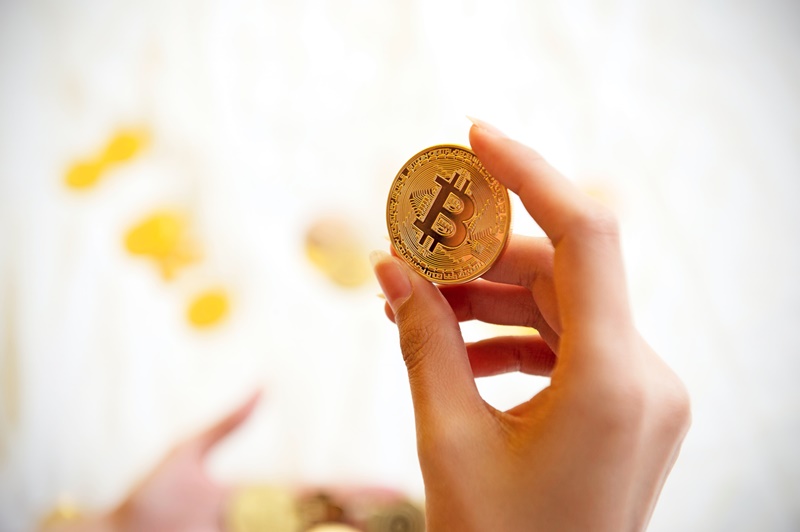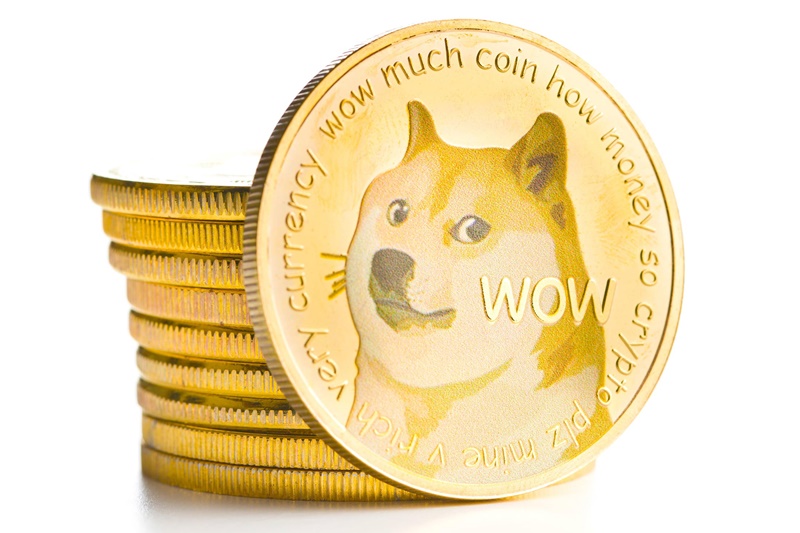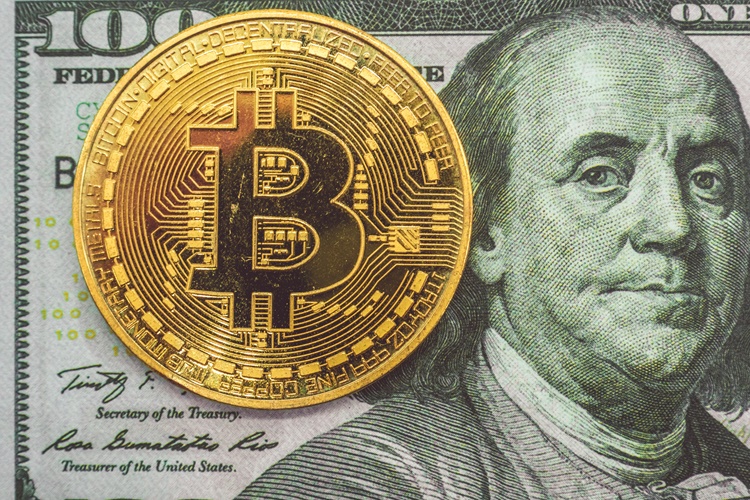Greater fool theory is a concept relevant to buying something that’s overvalued. You justify purchasing the investment that’s overvalued because you figure someone else will pay for it, someone else, the “greater fool” will be willing to buy it from you. Prices will continue to go up so long as there are people who continue to buy, even when the value is much higher than any sensible valuation. The immense demand for crypto in 2021 is raising eyebrows of the top institutional (banks) and retail investors (individuals) around the world.
The trouble with current valuation is that crypto is labeled as a currency, but is not being used as a currency. Instead, owners of crypto are holding onto it like stocks or bonds. Crypto investors are ignoring standard valuations for the purpose of hoarding crypto for as long as they can with the hope the crypto currencies will shoot to the moon in value. Eventually, like with the housing market in 2008, the dotcom bubble, and the silver bubble, crypto will experience the same fate when the market runs out of fools willing to pay what you paid for it.

Crypto coins have no value; no one is giving them a value for the purpose of purchases, so the value of the coin is only what people are willing to pay for it. As the demand goes up, more people will pay the agreed price for the coins. There are two million Bitcoin left to mine, and the speculation is that when those two million coins are finally on the market, the value of the coin will skyrocket. But will it? When all the Bitcoins are on the market, what will the coin be used for?
Bitcoin is easy to transfer, but if its value back in 2010 went from nothing to 0.35 when used to buy a pizza, then its value was based on the value of coins used to buy the pizza.
In 2021, Bitcoin is valued around $50,000.00 and you can buy a car with the coins. If more goods and services can be bought with the coin, then the valuation will be based on what can be bought. But what about when all the coins are on the market? Some claim Bitcoin can be used like gold or bonds. In this case, it’s a buy and hold asset that’s a hedge against inflation. But what if the doom and gloom of the future that inflated world currencies create doesn’t include this ideal the crypto gurus are warning against? Will we be able to use these coins to protect our hard-earned money? What if no one will pay $50,000 a coin in 2022 or 2033? What will the actual value of the currency be?

The 2018 crypto crash was worse than the dotcom crash. In 2020, institutional investments from banks and large companies like Tesla surged the value of crypto currencies. In 2020 and 2021, fear of inflation has forced retail investors into the stock market and into crypto currencies. Benjamin Graham, the famous teacher of Warren Buffet, would call the stock market Mr. Market, whom he referred to as a bipolar entity with no sense to him. Mania seems to be the typical sentiment of volatile times, and this is normal, normal human behavior. During the silver surge, people were selling priceless heirlooms as scrap to profit off the silver boom. How much sense does that make? Don’t follow the crowd, do think for yourself, and determine a real value for crypto for yourself. If you can’t value it in terms of purchasing power, then don’t buy it. Make your own decisions, because no one else is going to do the research for you, and speculation is simply that – speculation.
Subscribe for more business, sales, and investing posts. Have a lovely day!











